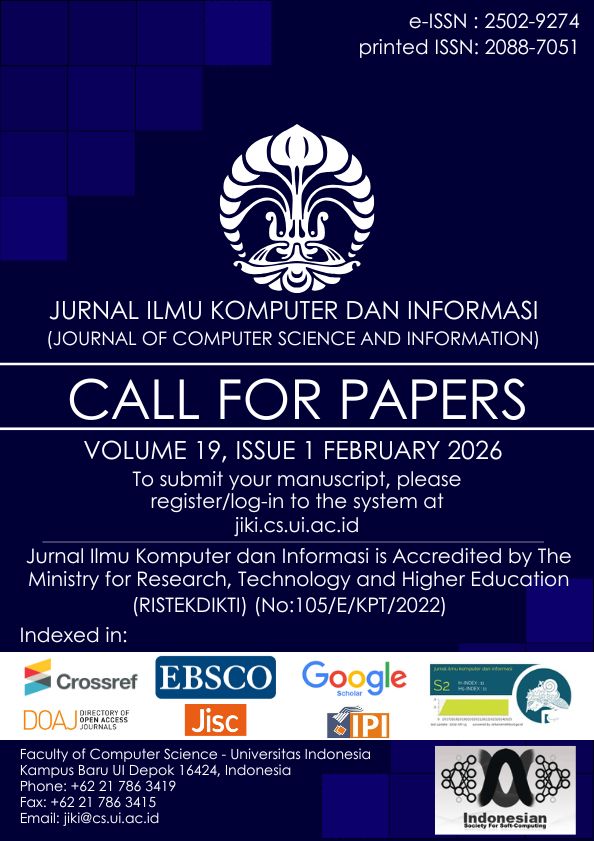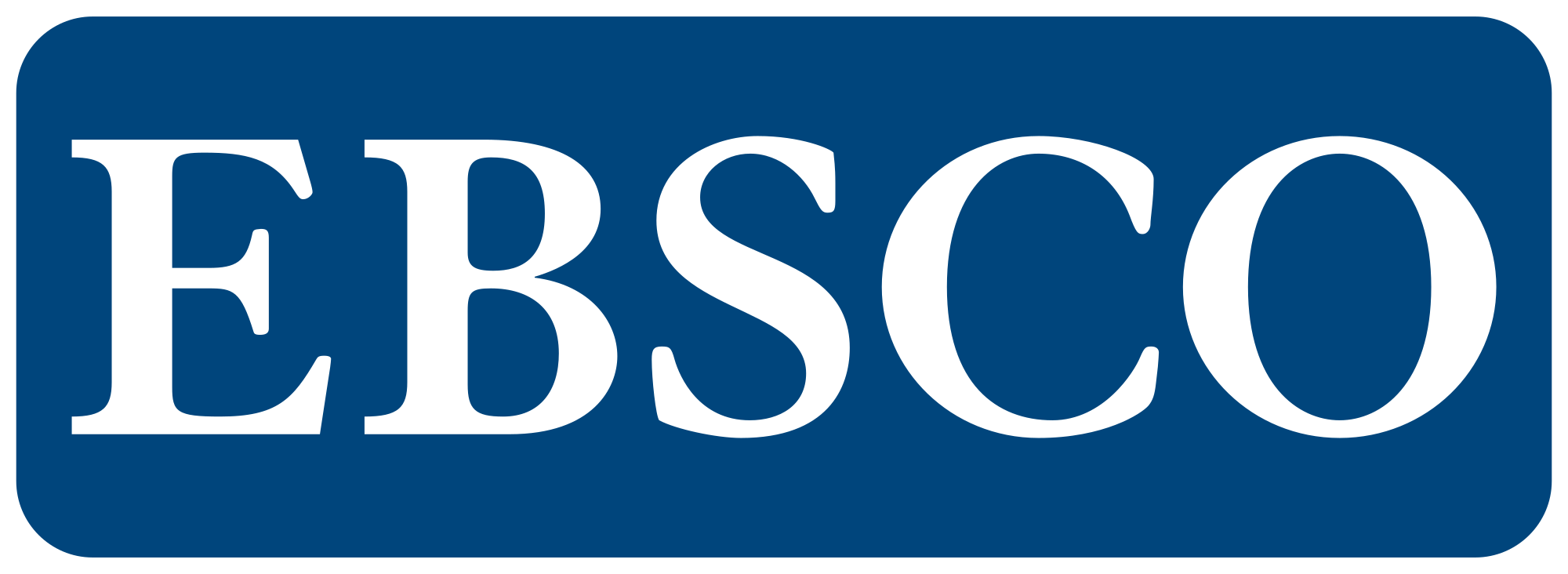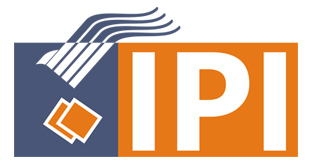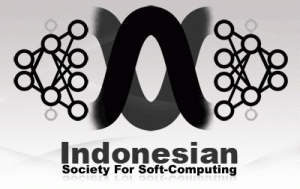Land Cover Segmentation of Multispectral Images Using U-Net and DeeplabV3+ Architecture
DOI:
https://doi.org/10.21609/jiki.v17i1.1206Abstract
The application of Deep Learning has now extended to various fields, including land cover classification. Land cover classification is highly beneficial for urban planning. However, the current methods heavily rely on statistical-based applications, and generating land cover classifications requires advanced skills due to their manual nature. It takes several hours to produce a classification for a province-level area. Therefore, this research proposes the application of semantic segmentation using Deep Learning techniques, specifically U-Net and DeepLabV3+, to achieve fast land cover segmentation. This research utilizes two scenarios, namely scenario 1 with three land classes, including urban, vegetation, and water, and scenario 2 with five land classes, including agriculture, wetland, urban, forest, and water. Experimental results demonstrate that DeepLabV3+ outperforms U-Net in terms of both speed and accuracy. As a test case, Landsat satellite images were used for the Karawang and Bekasi Regency areas.
Downloads
Published
How to Cite
Issue
Section
License
Authors who publish with this journal agree to the following terms:
- Authors retain copyright and grant the journal right of first publication with the work simultaneously licensed under a Creative Commons Attribution License that allows others to share the work with an acknowledgement of the work's authorship and initial publication in this journal.
- Authors are able to enter into separate, additional contractual arrangements for the non-exclusive distribution of the journal's published version of the work (e.g., post it to an institutional repository or publish it in a book), with an acknowledgement of its initial publication in this journal.
- Authors are permitted and encouraged to post their work online (e.g., in institutional repositories or on their website) prior to and during the submission process, as it can lead to productive exchanges, as well as earlier and greater citation of published work (See The Effect of Open Access).










